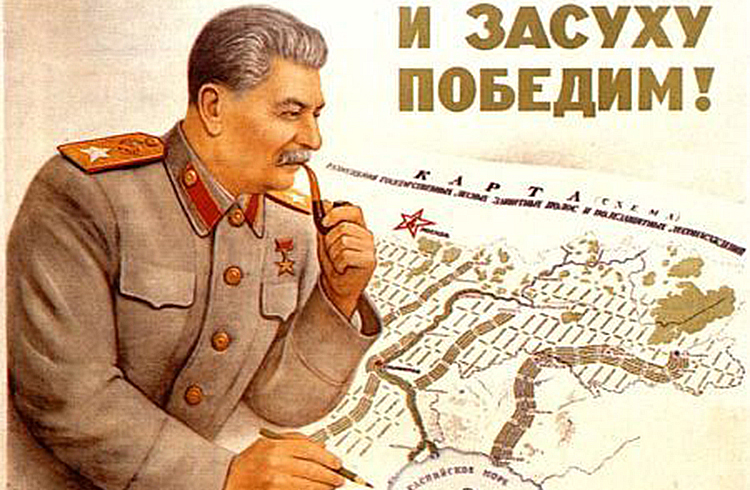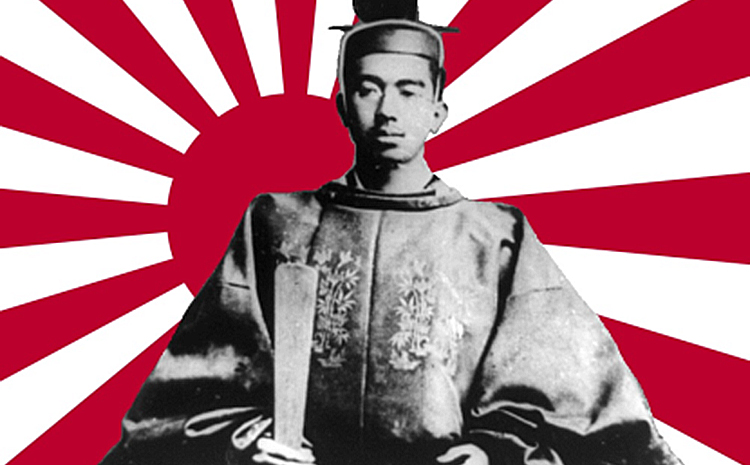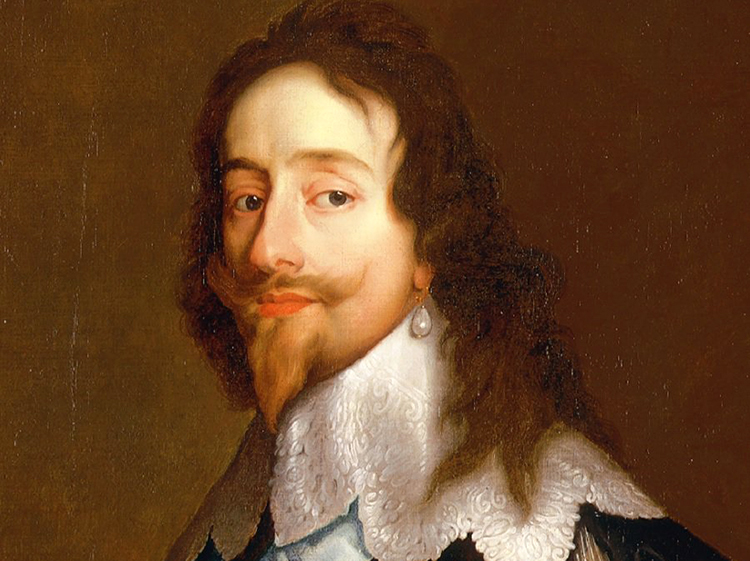Written by: Dr. Tariq Rahman
Posted on: August 17, 2016 | 
Suleiman the Magnificent &
Note: The views and opinions expressed in this article are those of the author, and do not necessarily reflect the views of the editorial board of Youlin Magazine.
Turkey’s rule over a vast empire covering large parts of Europe, Asia and North Africa was also authoritarian and arbitrary. The Sultans had a private army of fanatically devoted soldiers who were former slaves (mamlukes), and generally killed all possible rivals including his brothers and sons. This incidentally happened in the Mughal (Timurid) empire in India also, though the level of cruelty in Turkey was higher than that in India. Even modern Turkey carried out massacres of the Armenians and the Kurds. However, unlike India, Turkey was never conquered and ruled by foreigners in modern times (which, might explain why it is still more repressive than the South Asian states). Turkey made tremendous progress after Mustafa Kemal overthrew the caliphate and set about westernizing his country. However, Ilhan Niaz ends by pointing out that ‘Erdogan’s ambition seems to be to turn Turkey into a democratically sanctioned presidential autocracy with Islamic leanings’ and that, he suggests, ‘would mean a return to Sultanate’ (p. 361).
Russia, both in its Czarist form and as the USSR, is the perfect example of the autocratic state run by instruments of the ruler, supported by a huge army. Indeed, it was only in 1861, when Britain was a functioning democracy, that serfs were emancipated by Czar Alexander II. However, the opposition, in the form of Marxism-Leninism created a state that under Stalin, was as despotic as during the Czarist rule. Russia also modernized at the cost of death of millions. At present the authoritarian model continues with restrictions on freedom and reliance on the security apparatus, but incomes have increased since the 1990s.

Japan and Europe are similar in some ways. Aristocracy and the Church were major landholders in Europe, but while Japan too had a landed aristocracy, the church had no role. Religion was a divisive force in Europe, while it served the rulers in Japan. Tokugawa Shoguns, landowning strongmen, unified Japan and ruled it from 1600 to 1850, creating a strong bureaucratic-military state that kept Japan isolated. They lost power when they opened up to the outside world in 1800, and the Meiji rule followed. Under the new dispensation while the emperor was at the centre of power, but real power was held by the military, which ruled with the support of the bureaucracy. The military was excluded from power after Japan’s defeat in World War II, and the bureaucracy found partners in the corporate sector.

The continental bureaucratic states of Europe expanded at the expense of the landed aristocracy and the Church. The great revolution of France ushered in Napoleonic absolutism and an era of military adventurism. However, a plethora of rules and laws laid the foundation of the modern states of Europe. But Europe’s fascination with a superman (in the case of France, Napoleon) ushered in the election of Adolf Hitler, whose Third Reich sent millions to the gas chamber. Mussolini, another of Europe’s supermen, led Italy into war but the culture of power, as the author argues, could hardly produce milder results in the absence of laws and institutions.
And this brings us to the only state in which laws and institutions did matter, Britain. Britain too was feudal like the rest of Europe, with a powerful and rich Church, but it evolved into a state based on ‘laws and a culture of power that consciously and subconsciously sought to minimize arbitrary power, diffuse authority and encourage autonomous institutions’ (p. 455). This unusual development started with the lords defying the king in order to dilute royal authority in the shape of the Magna Charta, which was signed by King John on 15 June 1215. After a period of struggle between the king and the Parliament, and the restoration of monarchy in 1660, Britain was governed by the rule of law, which was transported to India, America and some African countries. The British model is to be commended because, except for such isolated incidents, such as the suppression of the Mau Mau movement, British rule over India and Africa has been far more benign than that of other European countries, like Russia, Japan, China and Turkey.

This brings me to the achievements of Ilhan Niaz as a historian. First, a survey of power on a canvas as broad as this—practically the whole world—is no mean task. Secondly, in this era of post-colonial bias against praising the British system of the rule of law as a system of governance, is commendable.
The only thing which I have to offer by way of critique is that Pakistan has been touched upon only in passing while modern India gets all the bashing (well-deserved, of course). I am aware that Ilhan Niaz’s first book was entitled The Culture of Power and Governance of Pakistan 1947-2008 and, having read it, I know that the author is an expert in that field. The second issue is that very little is said about Arab empires and the rise of Islamic militancy in them.
Notwithstanding these small reservations—and they pale in significance when compared to the achievements of the author—this is a landmark study. In my view it deserves to be classified as the only work by a Pakistani historian on macro-history that can match similar works by Western scholars. I am sure that for a long time no other Pakistani historian will write a work like this.
You may also like: